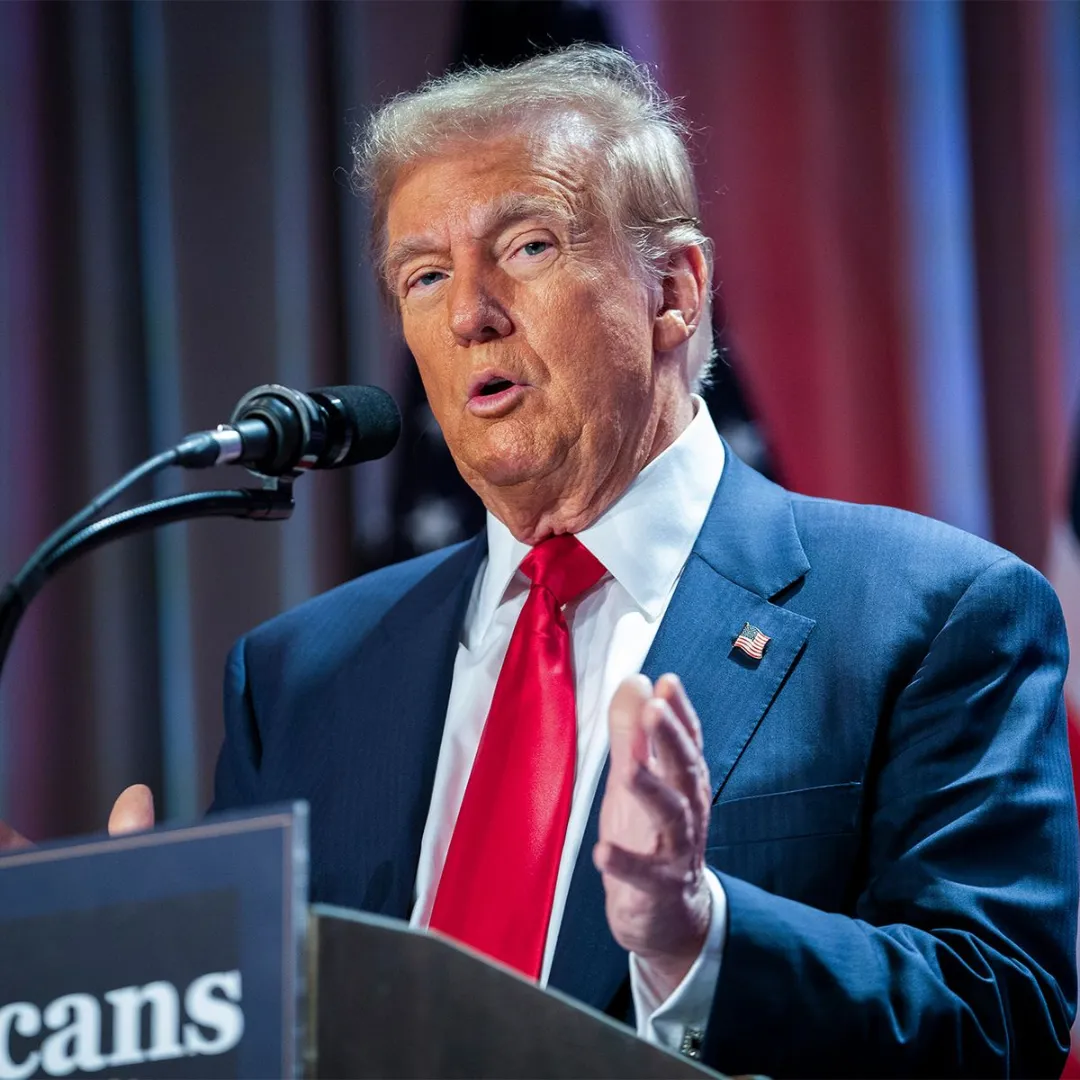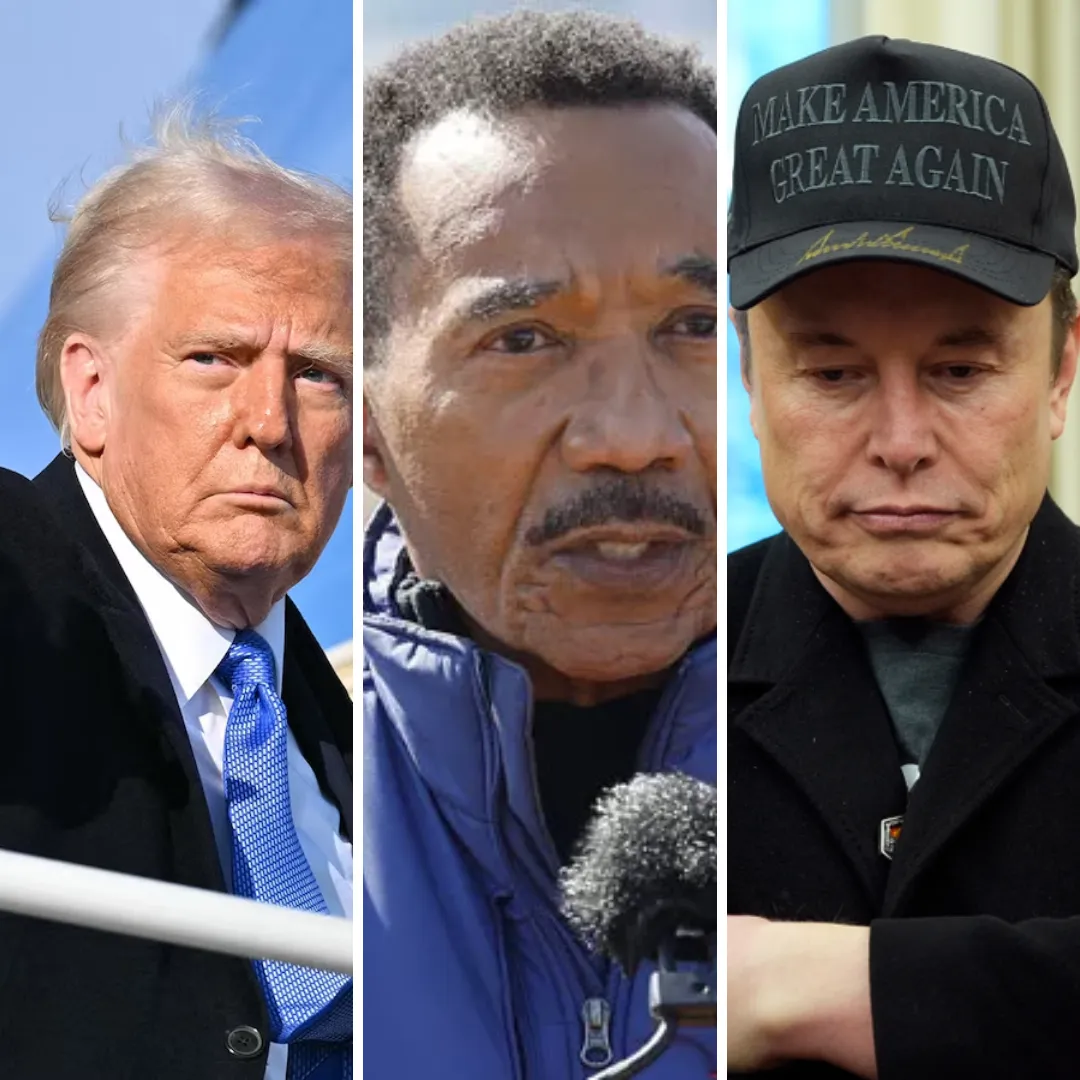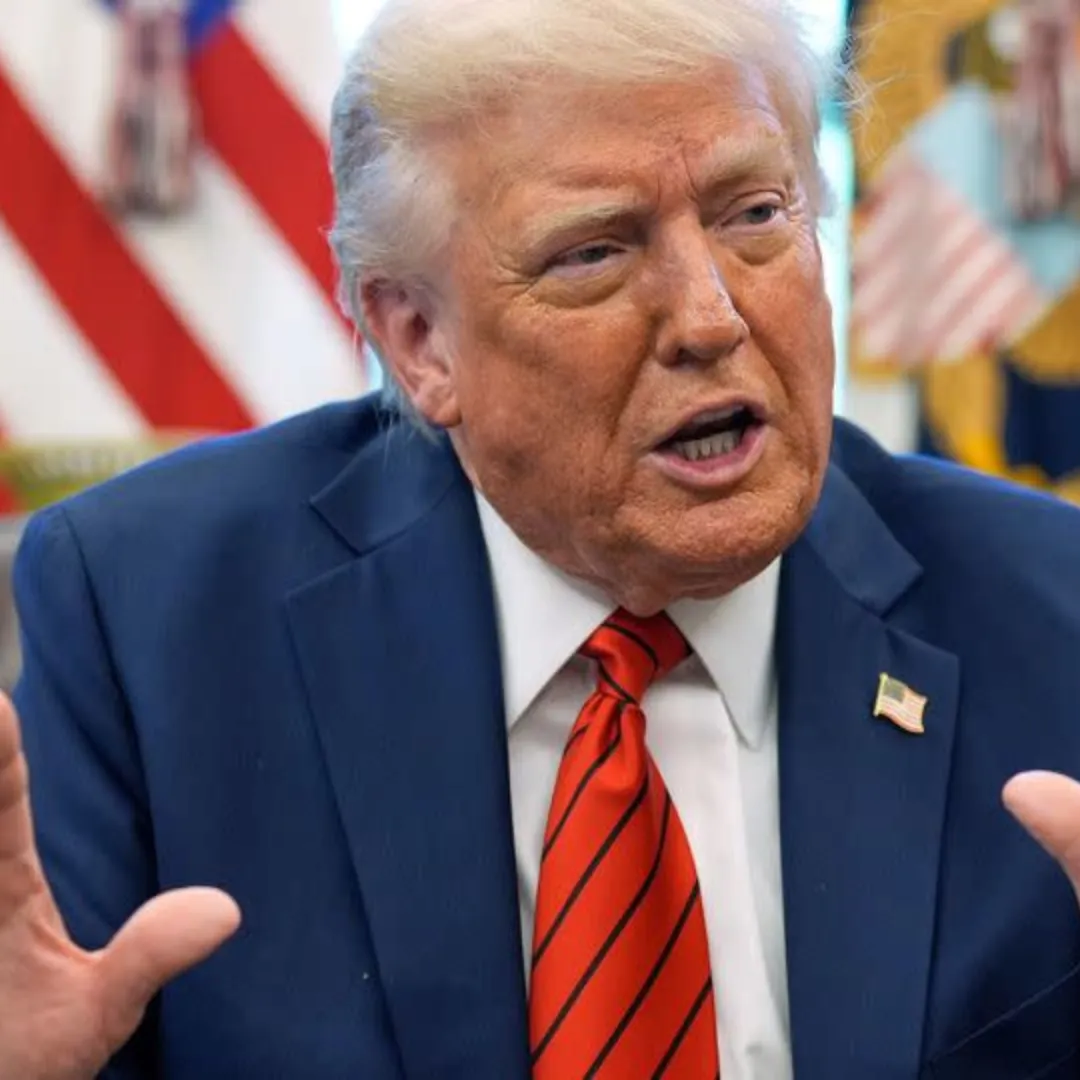
The race for the Democratic nomination for governor of New Jersey is shaping up to be one of the most competitive in recent memory, with several candidates locked in a near dead heat less than two months before the June primary.
A recent poll conducted by the Eagleton Center for Public Interest Polling at Rutgers University revealed that Representative Mikie Sherrill currently leads the crowded field with 17 percent of the support among registered voters. Following closely behind is Jersey City Mayor Steven Fulop with 12 percent, a gap that falls within the poll's margin of error and suggests a race that is still wide open.
New Jersey Education Association President Sean Spiller garnered 10 percent support according to the survey, while Representative Josh Gottheimer and Newark Mayor Ras Baraka each received 9 percent. Former state Senate President Steve Sweeney trailed with 7 percent.
Interestingly, about one-third of respondents said they were still undecided about their preferred candidate, while another 4 percent indicated that they did not support any of the listed candidates. These figures highlight the volatility and unpredictability of the contest as the primary approaches.
The battle to replace Governor Phil Murphy, who is term-limited after two successful elections, has drawn an array of prominent figures, each hoping to leverage their unique political experience and regional support to secure the Democratic nomination.
Despite months of campaigning, the poll underscores that many voters remain unfamiliar with the candidates, creating a dynamic where last-minute shifts in support could prove decisive.
The poll represents the first independent public survey of the race in several months and provides a snapshot of a contest that has so far been dominated by internal campaign polling. Although those internal polls have generally shown similar trends with Sherrill maintaining a slight edge, the second-place finisher has varied between Fulop, Baraka, and Spiller depending on the survey and timing.
Sherrill’s consistent lead, however modest, suggests that her four terms in the House and her established statewide profile may be giving her an advantage over her rivals, at least for now.

Further analysis of the poll results reveals that Sherrill is the only Democratic candidate with a net positive favorability rating. About 20 percent of voters view her favorably, compared to 14 percent who view her unfavorably.
Yet even Sherrill faces significant challenges with voter recognition, as 22 percent of respondents reported having no opinion of her, and an additional 44 percent said they did not know who she was. This lack of name recognition is a theme that extends across the field, hampering candidates’ efforts to build momentum as the primary nears.
Most of the other Democratic contenders hover around an even favorability rating or are slightly underwater, meaning they have more unfavorable than favorable views among voters. Steve Sweeney, in particular, suffers from a net favorability rating of negative 8 points, suggesting that his past political leadership may not be resonating positively with the current electorate.
Compounding the problem for all candidates is the finding that a majority of voters have either never heard of them or have no opinion, a troubling sign for campaigns that have spent months trying to raise their candidates' profiles.
The Eagleton Center’s director observed that while candidates have made incremental progress in increasing name recognition since the fall, they have not seen significant improvements in favorability.
She noted, "All of the candidates have made some progress since the fall in terms of voters knowing who they are, but they haven’t made noticeable gains in favorability." She further added, "Though not necessarily unusual at this stage in the game, candidates on both sides of the aisle still lack name recognition from a notable number of voters, and no candidate on either side of the aisle is viewed favorably by more than one in five voters."
On the Republican side of the race, former state Assembly member Jack Ciattarelli appears to have established a commanding lead in his quest to secure the nomination for a second time. Ciattarelli, who was the GOP nominee in the 2021 governor’s race, currently enjoys 42 percent support among registered voters, according to the same poll.
His closest rival, former radio host Bill Spadea, trails with 12 percent support, while state Senator Jon Bramnick received 4 percent. As with the Democratic contest, about one-third of Republican voters said they were undecided, and 4 percent indicated they would not vote for any of the candidates currently in the race.
One lingering variable in the Republican primary is the potential involvement of former President Trump. Neither Ciattarelli nor Spadea has yet secured an endorsement from Trump, but both have actively courted his support, seeking to position themselves as the most faithful champion of his agenda.
Ciattarelli and Spadea have clashed publicly over their respective loyalty to Trump, with each trying to outflank the other on the issue. Meanwhile, Bramnick has taken a more critical stance toward the former president, setting himself apart from the pro-Trump narrative that dominates the Republican field.
Former Englewood Cliffs Mayor Mario Kranjac has also positioned himself as a staunch Trump ally, though his campaign has failed to gain traction, registering no measurable support in the poll.
New Jersey has historically been a challenging state for Republicans at the gubernatorial level, with former Governor Chris Christie standing as the only GOP figure to win statewide elections since 2002.
Christie's victories in 2009 and 2013 were seen as exceptional performances in a state that typically leans heavily Democratic. Given this backdrop, the stakes for Republicans are high, as they seek to capitalize on national trends favoring their party and hope to replicate Christie's success.
The Eagleton Center’s poll, conducted from April 1 to April 10 among 1,058 adults, including 966 registered voters, carries a margin of error of 4.1 points for the full sample and 4.3 points among registered voters.
This margin indicates that small differences between candidates' support levels should be interpreted cautiously, reinforcing the perception that both primaries remain fluid and highly competitive.
As the campaign season intensifies, candidates on both sides are ramping up their outreach efforts in an attempt to solidify their bases and sway undecided voters. In the Democratic race, regional dynamics are likely to play a crucial role. Candidates such as Sherrill and Gottheimer have strong support in northern New Jersey, while Fulop’s base lies in Jersey City and the surrounding urban areas.
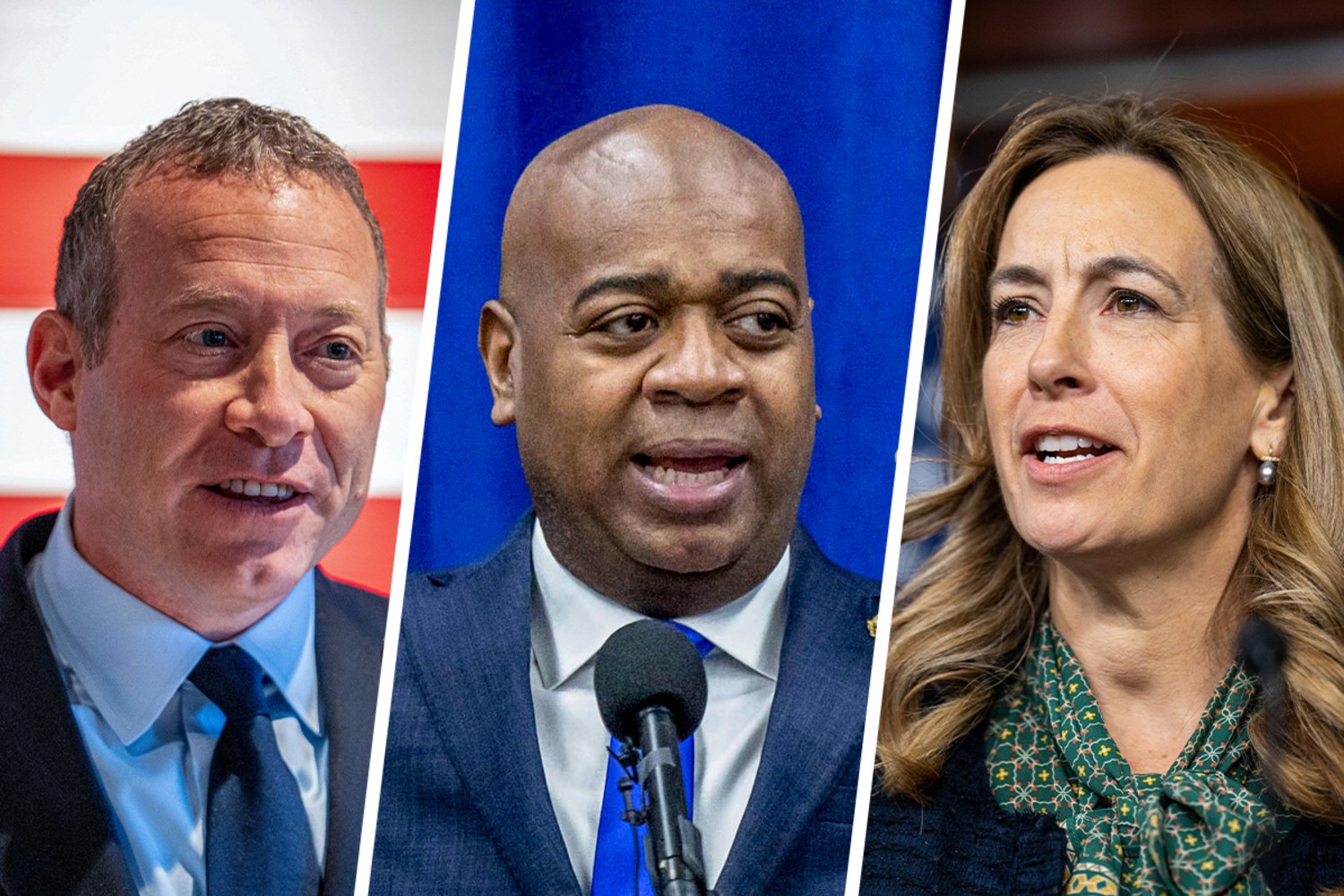
Baraka’s appeal to Newark voters and Spiller’s ties to the state’s powerful teachers’ union could provide them with crucial advantages in mobilizing supporters during the primary.
Despite the competition, there remains a possibility that late endorsements, political advertising, and grassroots organizing could dramatically reshape the landscape before voters head to the polls.
In particular, how campaigns manage to connect with the large bloc of undecided voters will be key. Candidates must also grapple with the challenge of translating name recognition into favorable impressions, something that has proven elusive for most so far.
Meanwhile, Republican candidates must navigate an environment increasingly shaped by the national political scene, where loyalty to Trump remains a litmus test for many primary voters. Whether Trump ultimately chooses to endorse a candidate could tip the balance decisively in what otherwise appears to be a contest heavily favoring Ciattarelli.
Should Trump’s endorsement go to an underdog like Spadea, it could create a late surge that would upend expectations and force Ciattarelli to defend his frontrunner status aggressively.
Ultimately, the races for both parties are reflective of a broader trend across the country, where deepening political polarization and shifting voter priorities have made primaries far more unpredictable.
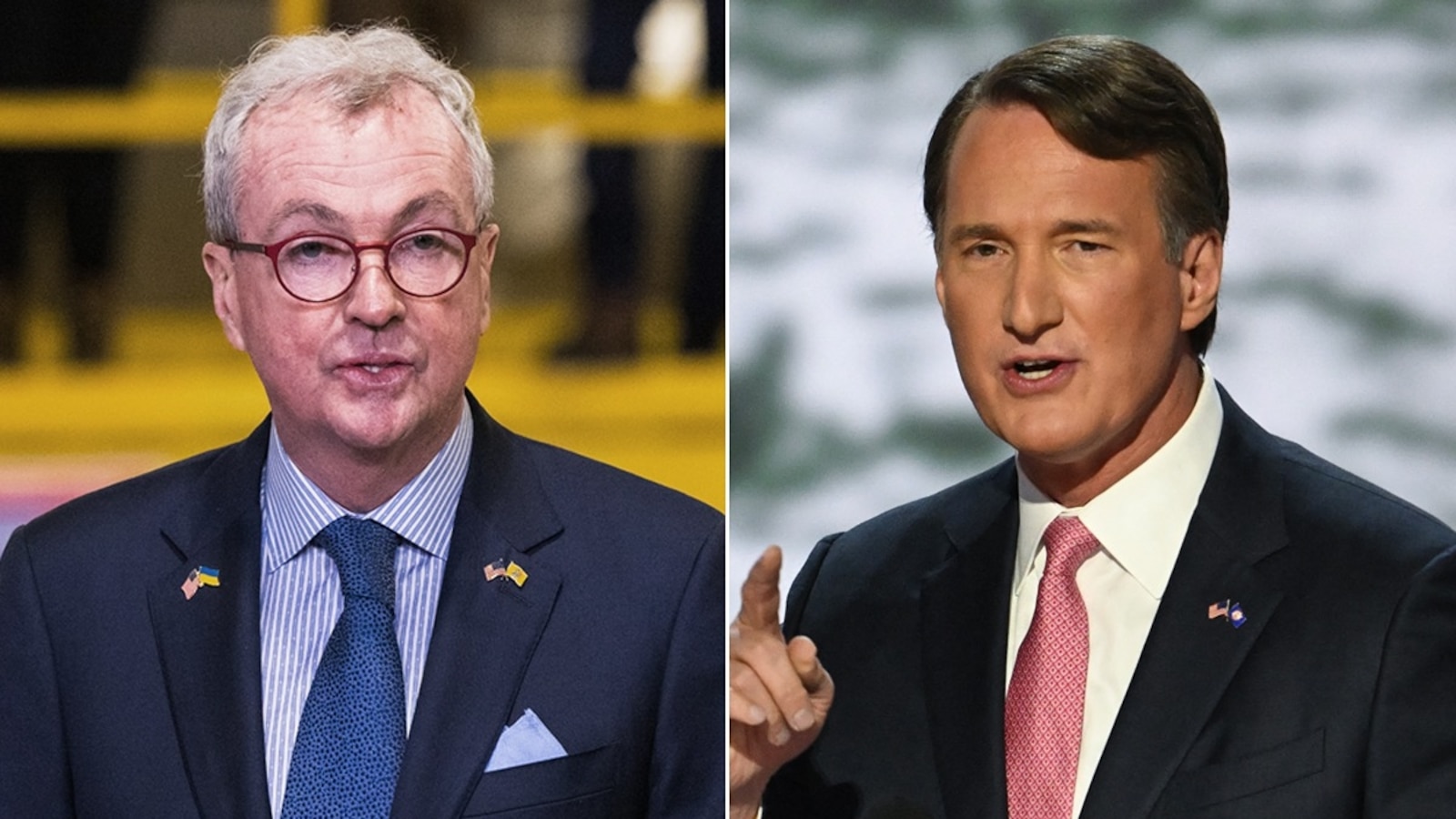
For New Jersey voters, the next few weeks will offer a critical window to evaluate the crowded fields and decide which candidate best represents their vision for the state's future. With both contests still wide open and a significant portion of the electorate undecided, the path to victory remains uncertain for all involved.

